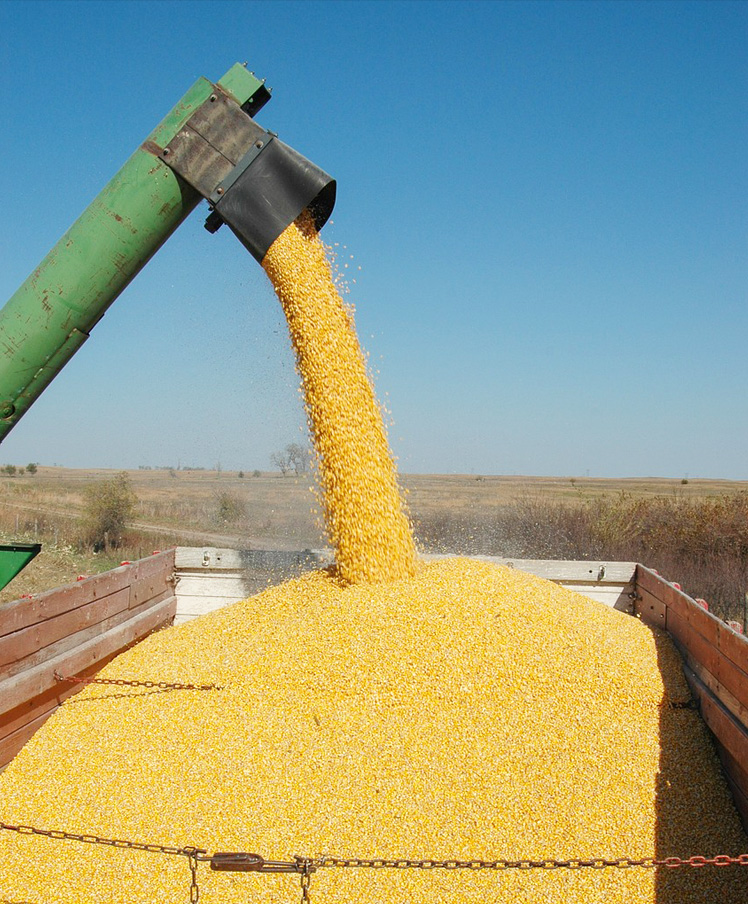The Duty of Biotechnology in Agriculture Advancements
The Duty of Biotechnology in Agriculture Advancements
Blog Article
Make Best Use Of Soil Health and Nutrient Absorption Through Effective Water Soluble Polymers in Agriculture
In the realm of modern farming, the pursuit for boosted soil health and wellness and ideal nutrient absorption has led researchers and practitioners to discover innovative solutions. Water soluble polymers have actually become a promising opportunity for accomplishing these objectives, offering a variety of advantages that can change agricultural techniques. By resolving crucial components such as dirt structure, nutrient retention, wetness conservation, and eventually crop performance, the combination of effective water soluble polymers presents an engaging possibility to raise the sustainability and effectiveness of farming procedures. The prospective ramifications of this innovation are huge, assuring a standard shift in just how we come close to dirt management and plant cultivation.
Benefits of Water Soluble Polymers
One vital benefit of water-soluble polymers is their capability to boost soil framework by advertising gathering, lowering disintegration, and boosting water seepage. These polymers can increase the dirt's water-holding capacity, thus aiding in drought resistance and decreasing water loss with leaching.
By enhancing soil health and nutrient absorption, water-soluble polymers add to boosted crop return, quality, and development. The use of these polymers also sustains sustainable farming practices by reducing the demand for excessive water and chemical inputs.
Improving Dirt Structure
Provided the essential function of water-soluble polymers in boosting dirt wellness and crop efficiency, a main emphasis exists in the significant effect these polymers have on enhancing dirt framework. By incorporating water-soluble polymers into farming techniques, the soil's physical properties can be enhanced, leading to boosted dirt structure.

Enhancing Nutrient Retention
Enhancing nutrient retention in agricultural dirts is an important facet of enhancing plant development and taking full advantage of crop productivity. Nutrient retention describes the ability of the dirt to hold vital nutrients in a form that is obtainable to plants, minimizing the danger of leaching and overflow. Water-soluble polymers play a considerable function in boosting this retention by creating steady facilities with nutrients, stopping their loss via seeping and ensuring a stable supply to plant roots.
These polymers can function as service providers for nutrients, safeguarding them from being gotten rid of by watering or rains. By binding to the dirt fragments, water-soluble polymers create a storage tank of nutrients that are slowly launched to plants as needed. This regulated launch system not only improves nutrient uptake performance yet likewise minimizes the requirement for frequent fertilization, causing cost savings and ecological advantages.
Additionally, the boosted nutrient retention promoted by water-soluble polymers advertises soil wellness by cultivating a balanced nutrient supply, ultimately causing much healthier plants with boosted resistance to stressors such as dry spell and bugs. Generally, incorporating water-soluble polymers in agriculture can considerably add to lasting farming techniques and greater plant returns.
Making Best Use Of Moisture Retention

One substantial advantage of utilizing water-soluble polymers for dampness retention is their ability to boost soil framework. These polymers can aid bind soil particles together, producing larger aggregates that facilitate much better water seepage and retention - Agriculture. As an outcome, the dirt can keep dampness for longer durations, reducing the frequency of irrigation and promoting much healthier origin growth
In addition, making the most of wetness retention via water-soluble polymers can result in enhanced crop returns and general plant health. By maintaining optimum soil moisture degrees, plants can effectively absorb nutrients, leading to boosted growth and performance. In addition, improved moisture retention can add to soil wellness by minimizing erosion and nutrient leaching, why not try here ultimately sustaining lasting farming methods.
Boosting Plant Performance
In addition, the enhanced soil framework arising from using water-soluble polymers can promote better origin penetration and aeration, further sustaining plant growth and productivity. With the capacity to enhance nutrient absorption and water retention, water-soluble polymers play an essential role in making the most of crop productivity and overall farming sustainability. By integrating these polymers into farming methods, farmers can optimize their return potential and add to a more effective and productive farming market.
Conclusion
Finally, making use of water soluble polymers in farming offers many advantages such as improving soil framework, enhancing nutrition retention, making the most of dampness retention, and boosting plant productivity. By properly using these polymers, farmers can make the most of dirt wellness and nutrient absorption, resulting in raised returns and total farming sustainability. Including water soluble polymers right into agricultural practices is an important technique for enhancing crop production and promoting environmental stewardship.
Provided the vital function of water-soluble polymers in boosting dirt health and plant efficiency, a primary focus exists in the significant effect these polymers have on improving soil framework - Agriculture. By integrating water-soluble polymers right into agricultural techniques, the soil's physical residential properties can be improved, leading to enhanced dirt structure. The usage of water-soluble polymers additionally aids in Continue decreasing soil disintegration by boosting the dirt's capacity to retain water and stand up to runoff. Overall, the incorporation of water-soluble polymers in farming plays an essential function in enhancing dirt framework, advertising sustainable plant production, and guaranteeing long-lasting soil wellness
Incorporating water-soluble polymers into farming practices can significantly improve plant productivity with boosted nutrient absorption and water retention in the soil.
Report this page